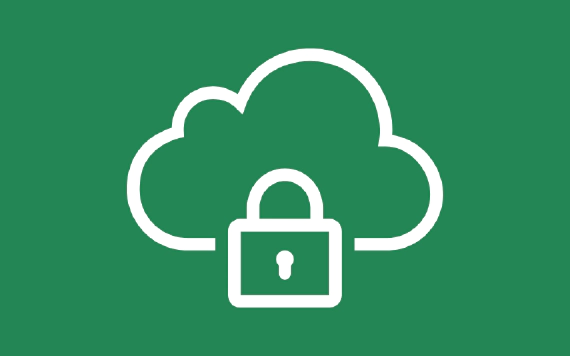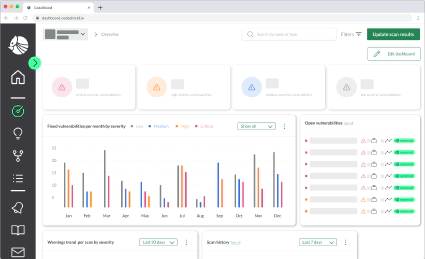
Automated Vulnerability Prioritization in the Context of the Cloud
More and more companies are moving their workloads to the cloud - and for a good reason: it reduces the cost …


Modern software providers across the globe shift their workloads (containers, VMs, serverless functions…) to the cloud. Within the cloud, security is a shared responsibility - the business logic, custom workload, and customer data need to be secured by the software provider, whereas the security of the platform is the responsibility of the cloud provider. For securing the workload Cloud Workload Protection Platform (CWPP) tools and technologies have emerged.
The new speed of software development is challenging security departments more than ever before. Changes to the cloud workload, no matter which environment - testing, development and even production - are being made within minutes. An insecure container running securely within a local testing environment, can lead to a breach within the development environment, which is publicly reachable by default. Therefore, it is important to detect attacks, or better, directly prevent them from occurring at all.
Additionally, companies rely on multiple cloud providers. Shifting their workloads to the cloud is an ongoing process, leaving them with a mixture of legacy software and modern cloud-native software. Combined with the size and complexity of modern software applications and their containerized and microservice architecture patterns, the sheer size and amount of potential workloads within the cloud is endless, which makes it difficult to navigate and secure. CWPP tools aim to solve this problem and provide an overview of all workloads within the cloud and warn about existing vulnerabilities, potentially publicly reachable workloads, and more.
CWPP tools solve the following problems in cloud development:
Integrate a CWPP tool into your standard workflow (before or after deployment within your CI/CD) such that the tool can automatically perform scans of your development and production environments.
Design and implement your software in a way that embodies the zero-trust model. I.e., every component needs to validate all inputs and cannot trust the input it receives - whether the input comes from and internal or external source. Apart from CWPP also apply code analysis tools to automatically detect software vulnerabilities within your code.
Carefully choose the data that needs to be stored by your software. The fewer data your software system stores, the less impact a potential data breach may have. Additionally, apply encryption at rest and in transit.
A CWPP should be part of any cloud security strategy as it provides rudimentary security insights into your workload. Stay tuned for our next article on Cloud-Native Application Protection Platform (CNAPP) to see how CSPM, CWPP, and CNAPP compare.

More and more companies are moving their workloads to the cloud - and for a good reason: it reduces the cost …

More and more organizations rely on cloud services or even start fully shifting to cloud-native. Thus, …

One of the more infamous examples of the impact of vulnerable software components is the data breach of the …
